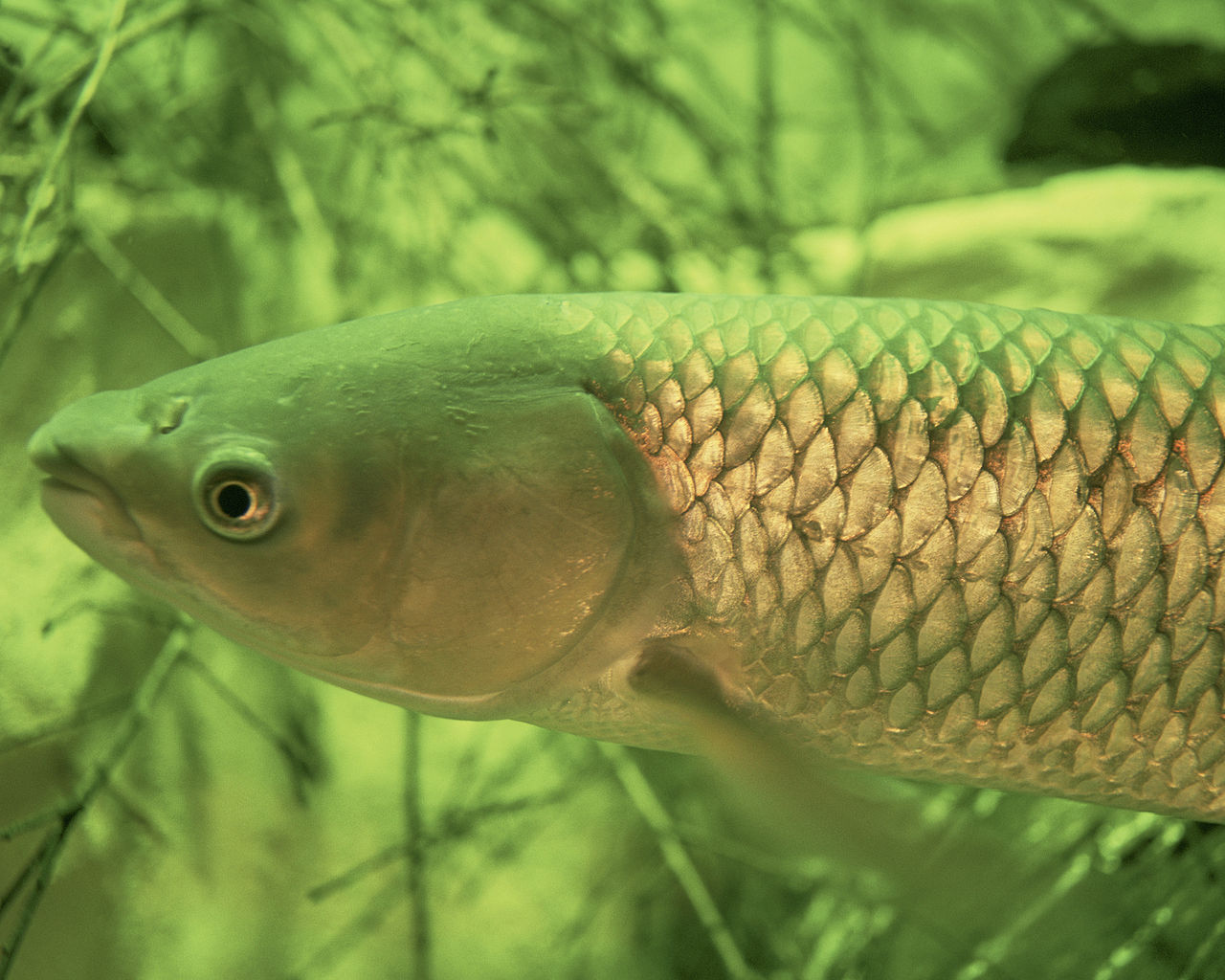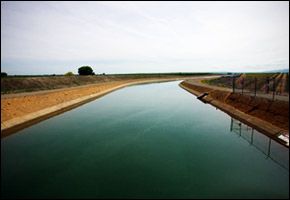Supreme Court Declines To Wade Into Asian Carp Fight, Worrying Great Lakes Governors
DNA tests indicate the invasive species may already have entered Lake Michigan.
The battle over Asian carp intensified Tuesday as the U.S. Supreme Court declined to order an immediate closure of Chicago-area locks that could let the invasive fish enter the Great Lakes.
The one-sentence decision prompted calls for a White House summit from Michigan Governor Jennifer Granholm and Wisconsin Governor Jim Doyle. Granholm and Doyle fear the fish will decimate the region’s $7 billion sportfishing industry by driving out native species, as they have along the Mississippi and Illinois rivers.
“Asian Carp threaten the well-being of our Great Lakes, and ultimately, the well-being of Michigan,” Granholm said in a statement. “It is disappointing that the Supreme Court declined to aid in our fight against these aquatic invaders, so we now ask the White House to work with us in finding a solution before it is too late.”
Mike Cox, Michigan’s Attorney General, said he was “extremely disappointed the Supreme Court did not push the pause button on this crisis until an effective plan is in place.” In his statement Tuesday, Cox also called for President Obama to immediately order the locks closed, at least temporarily.
“President Obama said he would not tolerate new threats to the Great Lakes, yet he has left the front door to Lake Michigan wide open,” Cox said. “Billions in economic activity and 800,000 Michigan jobs connected with the health of the Lakes are at risk.”
Cox filed the original lawsuit at the heart of the case in December, asking the Supreme Court to reopen a 1922 case concerning the turn-of-the-century diversion of the Chicago River from Lake Michigan into the Illinois and Mississippi rivers. The ongoing diversion, and the canals and locks that are part of it, have allowed a series of invasive species to cross between the Great Lakes and the rivers, including zebra mussels and the round goby.
Cox also requested a preliminary injunction to force the immediate closure of the locks while the lawsuit is being argued; though the Supreme Court rejected the injunction request, the larger lawsuit remains.
“While the injunction would have been an extraordinary step by the court, Michigan and the other Great Lakes states are facing an extraordinary crisis that could forever alter the Lakes, permanently killing thousands of jobs at a time when families can least afford it,” Cox said.
In more ominous news for the Great Lakes, the U.S. Army Corps of Engineers announced Tuesday that Asian carp DNA had been detected north of the O’Brien Lock, the last barrier between the carp-infested rivers and Lake Michigan (http://www.lrc.usace.army.mil/pao/Release_eDNA_19Jan2010.pdf). While the results suggest that at least some fish have crossed into the lake, that does not mean that a breeding population has been established in the lake, the Milwaukee Journal Sentinel reported.
Sources: Detroit Free Press, Milwaukee Journal Sentinel, Michigan Governor Jennifer Granholm, Michigan Attorney General Mike Cox, U.S. Army Corps of Engineers (PDF)










Nobody should be surprised that when you stimulate algae growth and low dissolved oxygen levels in open waters, you do get more carp.
Due to an worldwide incorrect application of an essential water pollution test, developed around 1920 in England, most countries ignored the nitrogenous (urine and protein) waste in sewage, while this waste, besides exerting an oxygen demand, just like fecal waste, also, in all its forms, is a fertilizer for algae and thus contributes to the eutrophication of water bodies, first stimulating the growth of carp and often later in this process, resulting in dead zones.
Even tough the US EPA in 1984 acknowledged the problems this caused, it never corrected the test and without correct test data, we still do not know how sewage is treated and what effluent waste loadings are on receiving water bodies. (www.petermaier.net)
Still it seems impossible to correct this essential test and apply those existing sewage treatment technologies that also treat the nitrogenous waste. This, as EPA admits behind closed doors, is impossible because it would require a re-education and re-tooling of an entire industry, which is happy with the status quo, as they can not be held accountable and also since sewage treatment would become less expensive, thus less profitable.